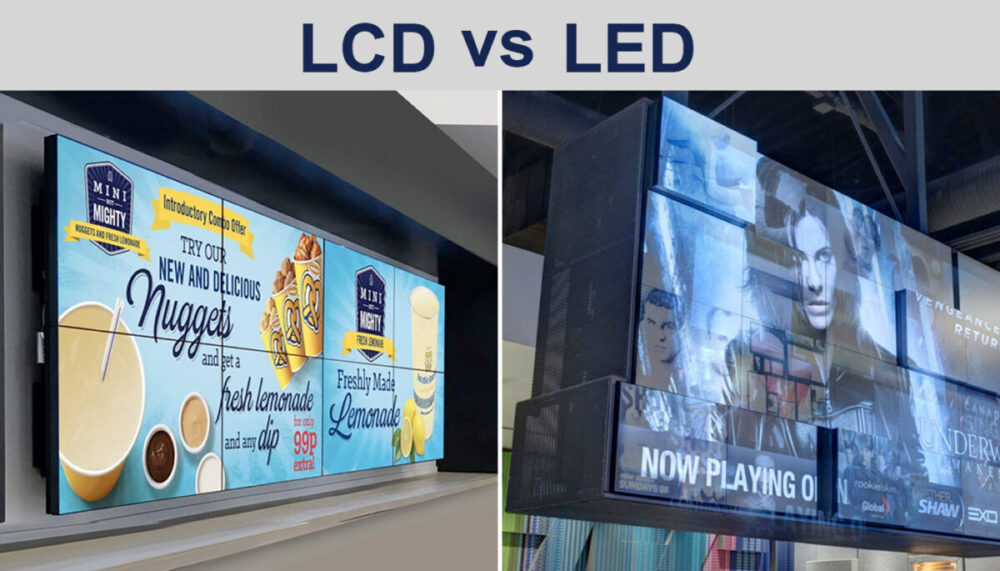Digital technology continues to expand rapidly followed by digital signage exponentially increasing in size. The bigger the video wall, the better the marketing results. Whether you have a small business or a large corporation, digital ads are crucial in drawing in the crowds. It became unthinkable to have any kind of show or presentation without hiring event live streaming professionals like Pure AV to enhance the experience.
There are two slightly different technologies, LCD and LED, that are in use today. Choosing between one or the other will solely depend on your needs and expectations. To help you make an informed decision, we tried to explain each one.
What is LCD?
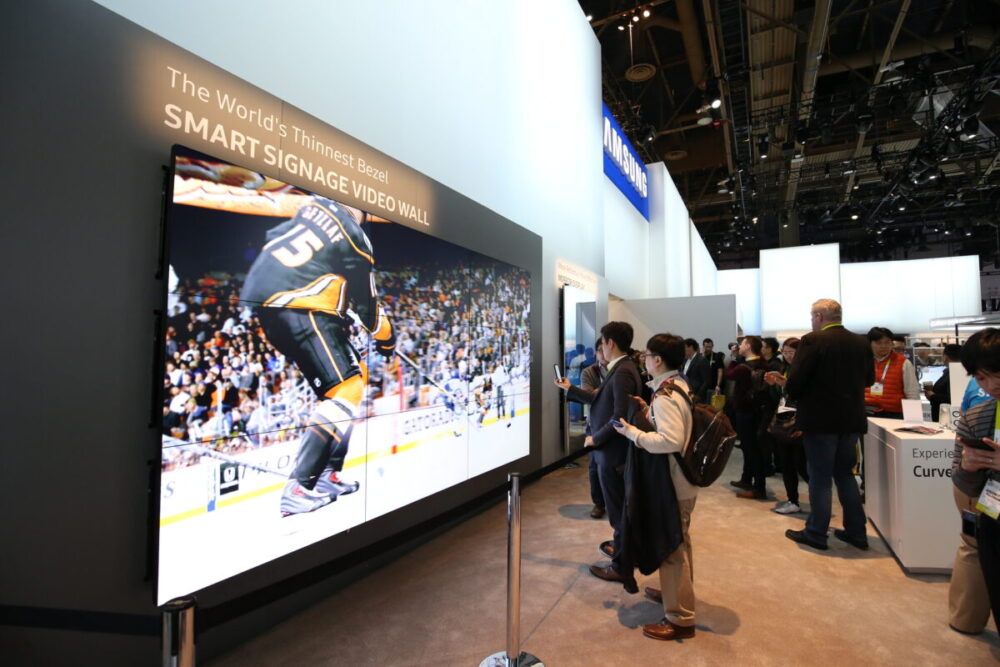
LCD stands for “liquid crystal display” and they have been in use for years. You probably have one on your phone. Essentially, LCD is a thin layer of liquid crystals that lays between two pieces of glass. When plugged in the electrical outlet, crystals display a picture. Liquid crystal doesn’t light up the display, so backlight has to be applied. For large areas, many LCD screens are put together, leaving small spaces in between.
What is LED?
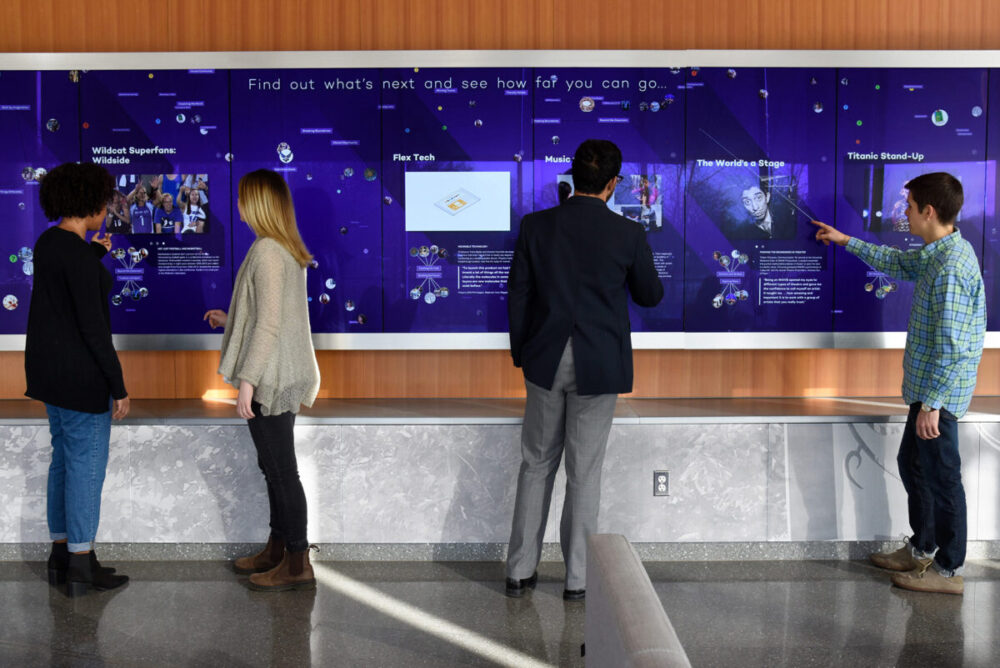
LED stands for “light-emitting diode”. To create huge video walls, many smaller LED screens are put together. They are mounted on a panel and synced in producing an image. LED screens are actually small lightbulbs that are capable of emitting light, so no backlight is needed like in LCD. Currently, LED is also used to illuminate LCD screens, so you can often see something like an LED-LCD screen.
Display quality

In the late 1990s, RGB light hit the market and changed the game for LED screens forever. RGB stands for “red, green and blue”, meaning that with these colors LED lights are capable of producing tens of thousands of different colors and shades. Considering this, LED screens have a bit of an advantage over LCD. Colors are brighter, bolder, and sharper. LCD screens, as we said, are made out of liquid crystal that has the same volume and density throughout the screen.
LED lights have a slight issue there, since for the images to achieve high quality, bulbs need to be densely packed. To the naked eye, it doesn’t mean much, especially if looking from a short distance on both screens. However, when looking from larger distances, like projections for large crowds on Times Square in NYC, LED screens to provide higher quality images.
Hardware and software
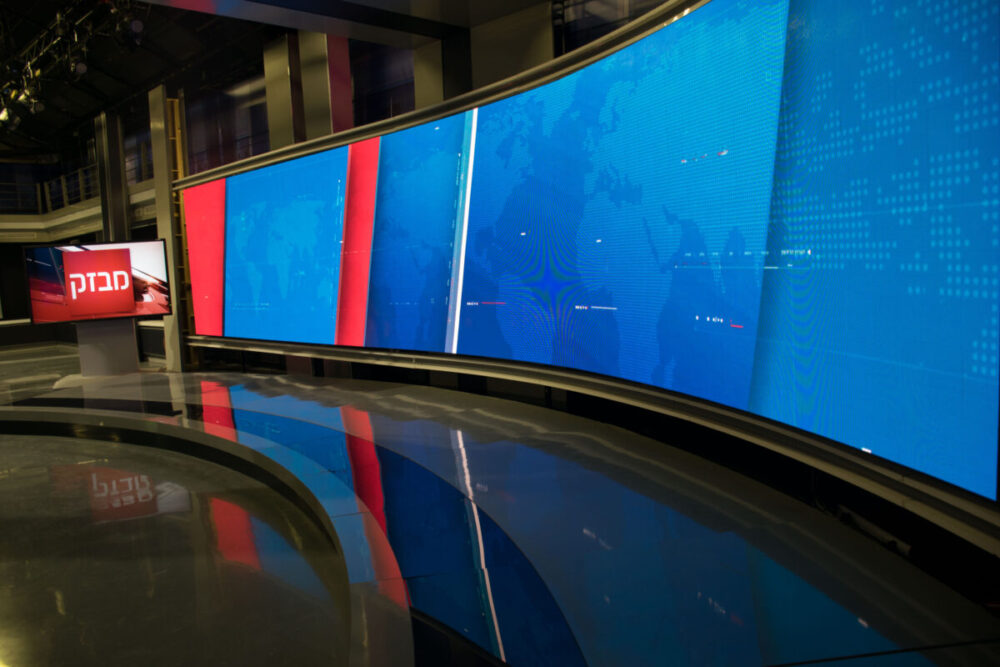
Comparing the hardware of LCD and LED screens to the old-fashioned TV screens that were used decades ago, would be like comparing Tetris with Call of Duty. Not comparable. The hardware of the latest screens is durable, able to withstand extreme temperatures and physical damages. However, when it comes to software, there are a few potential problems with the first of them being security. Video walls often display the sensitive content of personal data. Protecting the information has become vital especially for large corporations. Getting hacked is every engineer’s nightmare.
Switching cables and outputs all the time is not practical, and even if they did, the hardware couldn’t keep up with the software technology. So, many video walls, regardless of whether they’re built of the LED or LCDs, implemented the software management to control data sharing and prevent any interruptions and cyber hacks.
Power
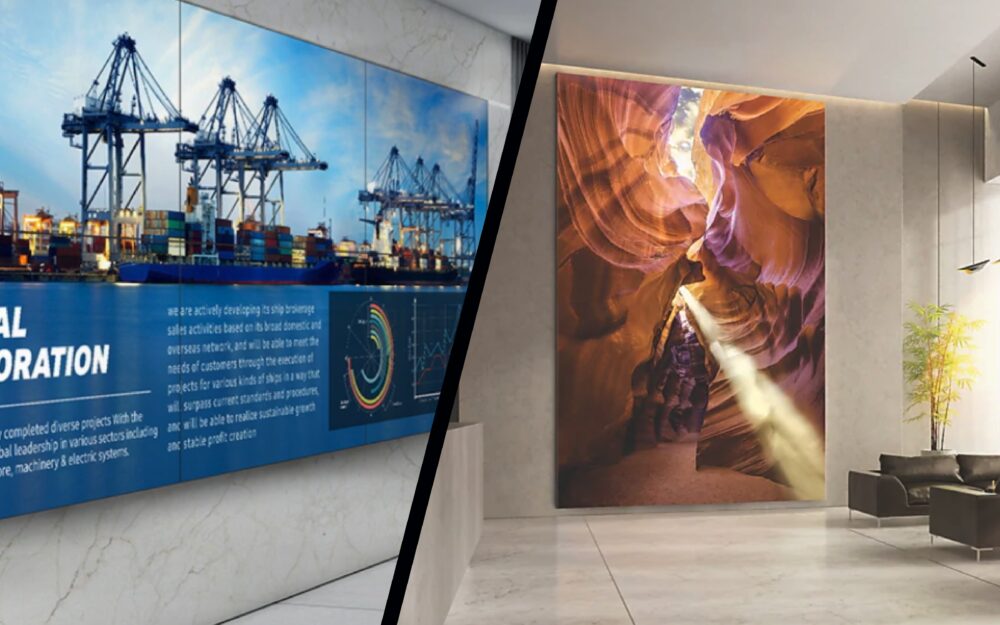
Since we’re talking about huge video displays that can stretch a full city block, power consumption is a major concern. In the past, large corporations have been often criticized for wasting energy sources on putting up gigantic video walls. The truth is, LED and LCD screens do have high electricity consumption. LCD screens use more energy since they have to be illuminated at all times to project an image. The makers of the LED displays tried to remedy the problem by introducing dimmed lightbulbs. For example, for displaying black color on the screen, the backlight will dim to save energy. When dark colors are displayed for a long time, software management has the option to completely turn off backlight diminishing the consumption of power even more.
Panels, bezels and failovers
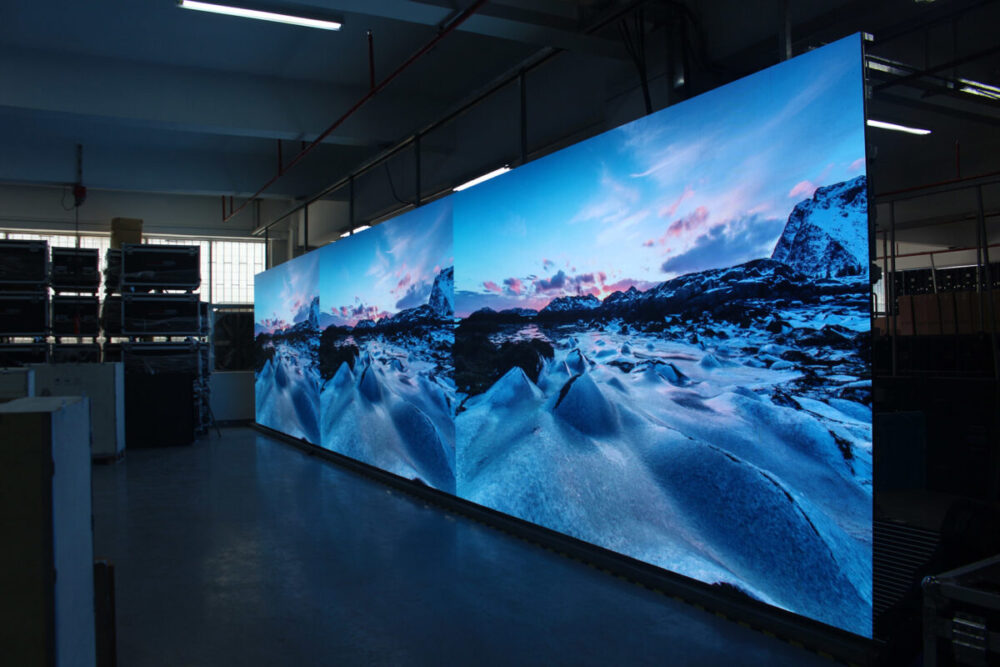
The video wall is actually one humongous panel on which LED or LCD screens were mounted. When it comes to putting LCD displays side by side, there are always narrow spaced left behind between screens. Those are called bezels. Since these screens are super-thin, where did all the electronics go? Well, in bezels. They are used as storage while at the same time doing an immense number of tasks. Bezels give contrast against the environment and provide additional protection from physical damages especially when used in public places. The thinner the bezels, the more expensive your display is going to be.
However, manufacturers are relentlessly working on making them smaller to increase the quality of the picture. Further, video walls are on round the clock without any downtime. To provide such a nonstop experience a lot of additional equipment is needed. Screens by themselves don’t have enough RAM to produce images 24/7. For this, backup computers or servers are put in place for continuous support. This makes video wall screens cheaper, since they don’t have to be full-on computers too, and provides additional protection for hardware.
Choosing LCD or LED screens that are appropriate for your needs can be challenging. Many small businesses are led by the price, with LCD screens being much more affordable than their more modern counterparts. When calculating your budget for video wall you have to take into account often large installation, support, software, and maintenance costs. So, are they really cheaper? It’s up to you to decide based on your budget.
Take into account that the technologies behind both displays are ever-evolving. With every new perk or update that comes out the cost of the older version fall. So, maybe putting up the latest one might not be such a sound business decision. Despite everything said, captivating your audiences might be priceless in growing your company. Video walls can add to your good business image making you look professional and modern. Putting up one can further develop your business partnerships that will, in the end, prove to be the right investment.

